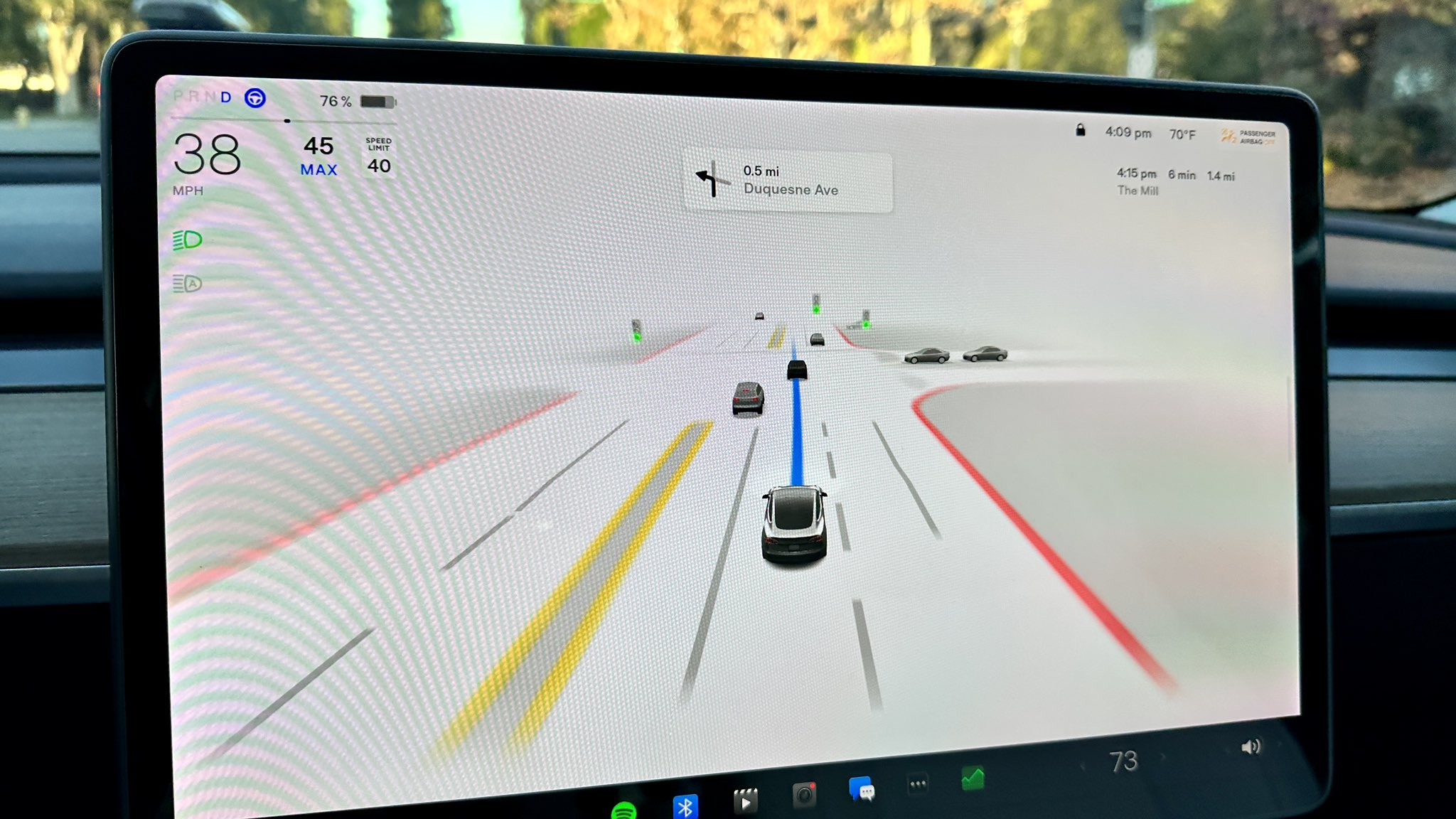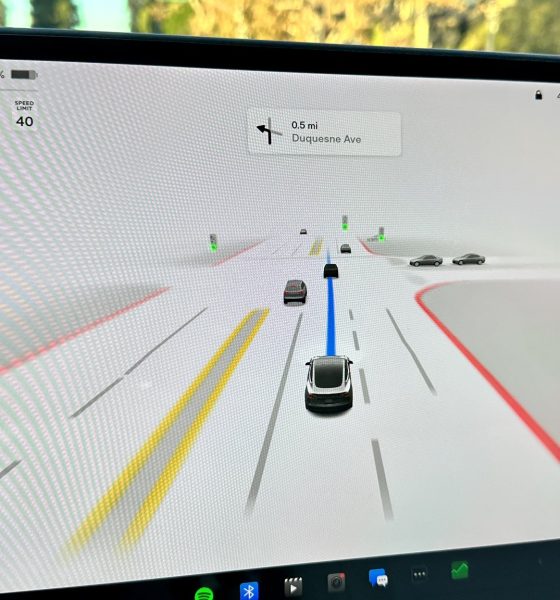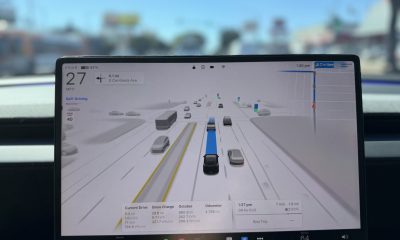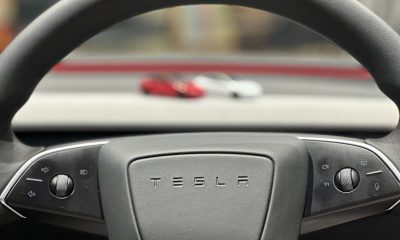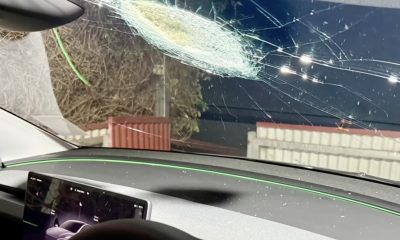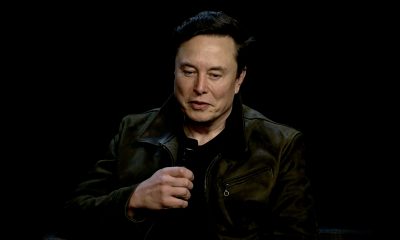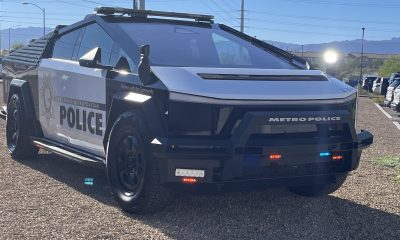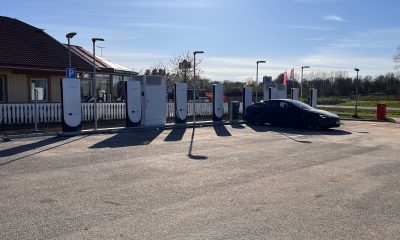Tesla has issued yet another giant update for its Full Self Driving (FSD) software, dramatically improving vehicle behavior in numerous situations.
Despite the controversy that seems to consistently surround Tesla’s autonomous driving suite, it just keeps improving, with new features and capabilities added at an astounding rate. Now, Tesla has issued yet another dramatic update to Full Self Driving, bringing significant improvements in vehicle intelligence and the dream of fully autonomous vehicles one step closer to reality.
@Winnersechelon first reported the newest FSD update on Twitter, posting a screenshot of the release notes for the update.
Release notes for latest FSD Beta release pic.twitter.com/0lDmZbmEUb
— TeslaBull FSD BETA (@Winnersechelon) April 17, 2023
Perhaps more than previous updates, 11.4 focuses on vastly improving vehicle behavior, with new features taking a back seat. According to Tesla’s release notes, those improvements are seen throughout numerous environments.
Foremost, Tesla FSD is better than ever at recognizing and reacting to pedestrians that are either about to cross the street or are already doing so. This stems from an improvement in kinematic calculations, which allows the vehicle to predict where people, vehicles, and objects are going. Regarding pedestrians, the vehicle will act more smoothly, either progressing through the intersection or stopping.
This improvement also extends to other “vulnerable road users,” such as bikers and cyclists, which Tesla FSD will now react more quickly to and slow down for if necessary.
Another improvement that urbanites can enjoy is in “turn performance.” When in dense city areas or unexpected turns, the vehicle will now follow the turn more correctly, dodging parked vehicles and avoiding bus lanes. This improvement is paired with an update to bus lane recognition overall, helping to prevent the vehicle from being where it isn’t supposed to be.
Other updates focus on improving performance in more rural areas. One such improvement is improved lane, line, and edge of road detection, which can be helpful in areas with less consistent road painting and paving. This update feeds into two others, improved lane guidance, ensuring the vehicle is in the correct lane to reach its destination, and improved prediction of the movement of “partial cut-ins,” or cars that haven’t wholly dedicated to a lane. Tesla’s massive library of clips and auto-labeling system makes both upgrades possible.
In the case of improved lane guidance, Tesla states that this update will reduce driver interventions by 64%, ensuring the vehicle isn’t in the wrong lane and reaches the destination more consistently.
Another update affecting how Tesla vehicles behave in lanes is lane change speed control. Tesla FSD will now consider “upcoming navigation deadlines” and will use more or less speed if necessary to switch lanes. Moreover, the vehicle will more accurately calculate the number of lanes it needs to change, thanks to Tesla’s ever-improving vehicle network.
Vehicle speed also improves in countless other situations as well. Thanks to Tesla’s all-new “Vision Speed” network, its network of vehicles can now infer the typical driving speed of any given roadway, improving how the vehicle reacts to areas that typically require lower speeds, such as neighborhoods or parking lots.
The final speed update regards how the vehicle reacts to the weather. The max autopilot speed will now take into account current weather conditions and limit driving speed if visibility or traction is too poor. According to Tesla’s release notes, this calculation is quite advanced, as it will take into account not only its condition, such as tire tread, and its data on visibility and road wetness, but it will also account for outside factors, such as tire spray from other vehicles and traffic intensity.
The final two updates are far more general and will improve the vehicle’s autonomous operation overall. First, Tesla has improved “long-range path blockage,” meaning that its vehicles will more quickly merge into other lanes to avoid obstacles in the road. Second, Tesla has reduced “photon-to-control” latency by 2%, meaning the vehicle will react 2% faster to anything it “sees.”
What do you think of the article? Do you have any comments, questions, or concerns? Shoot me an email at william@teslarati.com. You can also reach me on Twitter @WilliamWritin. If you have news tips, email us at tips@teslarati.com!
News
Tesla Full Self Driving (FSD) is nearing approval in a new country
As per the official, Tesla’s Full Self-Driving system could be enabled in Israel in the near future.
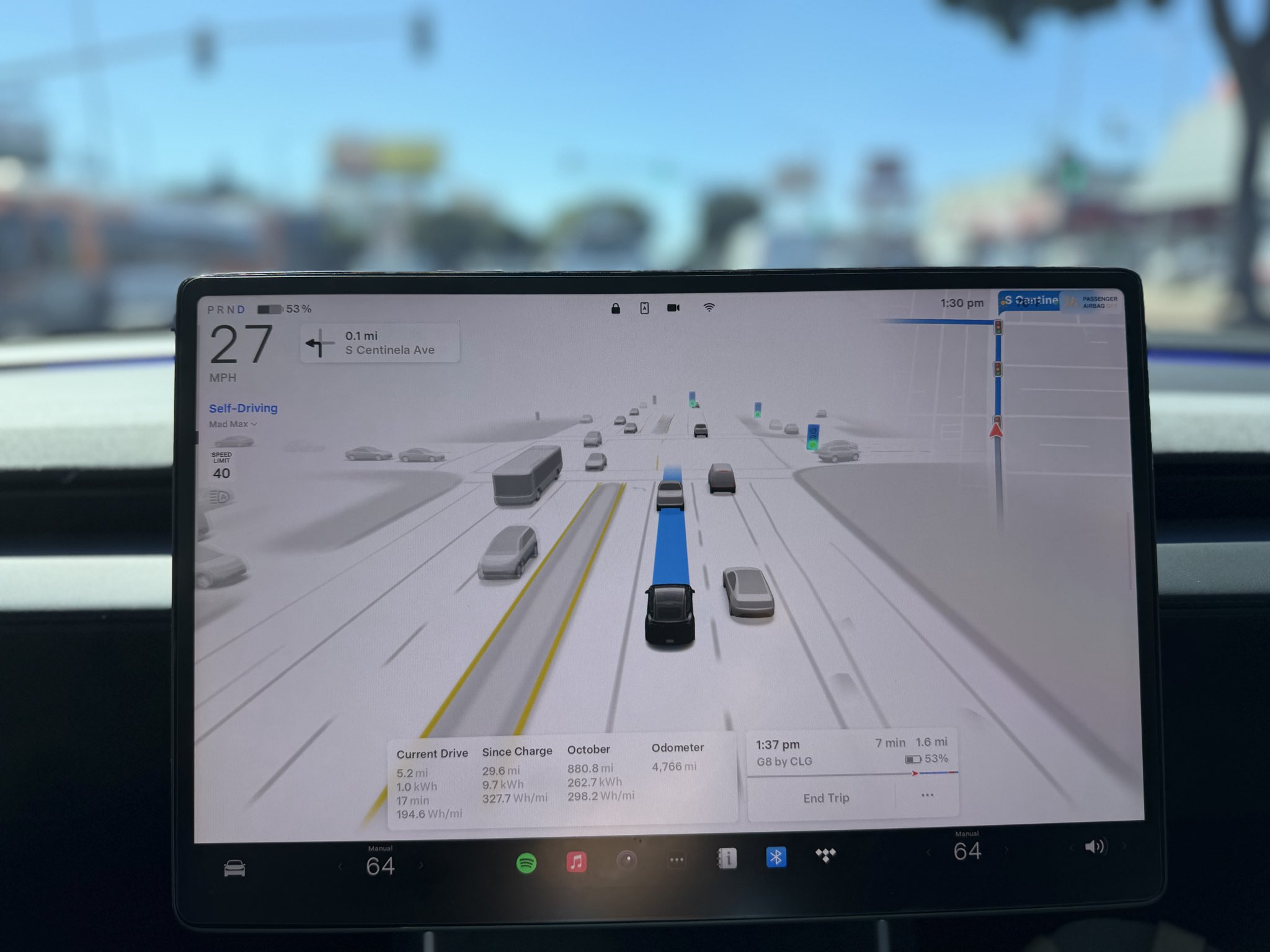
It appears that Tesla FSD (Supervised) is heading to a new country soon, at least based on comments from Israel’s Transport and Road Safety Minister Miri Regev.
As per the official, Tesla’s Full Self-Driving system could be enabled in Israel in the near future.
Israeli drivers are pushing for FSD rollout
While Tesla’s FSD is already operational in markets like the U.S., Canada, and Australia, Israeli owners have long been unable to use the feature due to regulatory barriers. Despite its premium price tag, however, numerous Tesla owners in Israel have noted that the technology’s safety benefits, at least when approved for real-world use in the country, justify its cost.
It was then no surprise that nearly 1,000 Tesla owners in Israel have already petitioned the government to greenlight FSD’s domestic release in Israel. In a post on X, Regev seemed to confirm that FSD is indeed coming to Israel. “I’ve received the many referrals from Tesla drivers in Israel! Tesla drivers? Soon you won’t need to hold the steering wheel,” she wrote in her post.
FSD’s regulatory support in Israel
Regev stated that her Ministry views promoting innovative technologies as essential to improving both road safety and smart mobility. A working group led by Moshe Ben-Zaken, Director General of the Ministry of Transportation has reportedly been tasked to finalize the approval process, coordinating with regulatory and safety agencies to ensure compliance with international standards.
In a comment to Geektime, Israel’s Ministry of Transportation and Road Safety noted that Regev is indeed supporting the release of FSD in the country. “Minister Regev sees great importance in promoting innovative technologies, and in particular in the entry of advanced driving systems (FSD) into the Israeli market, as part of the ministry’s policy to encourage innovation, safety, and smart transportation,” the Ministry stated.
Investor's Corner
Bank of America raises Tesla PT to $471, citing Robotaxi and Optimus potential
The firm also kept a Neutral rating on the electric vehicle maker, citing strong progress in autonomy and robotics.
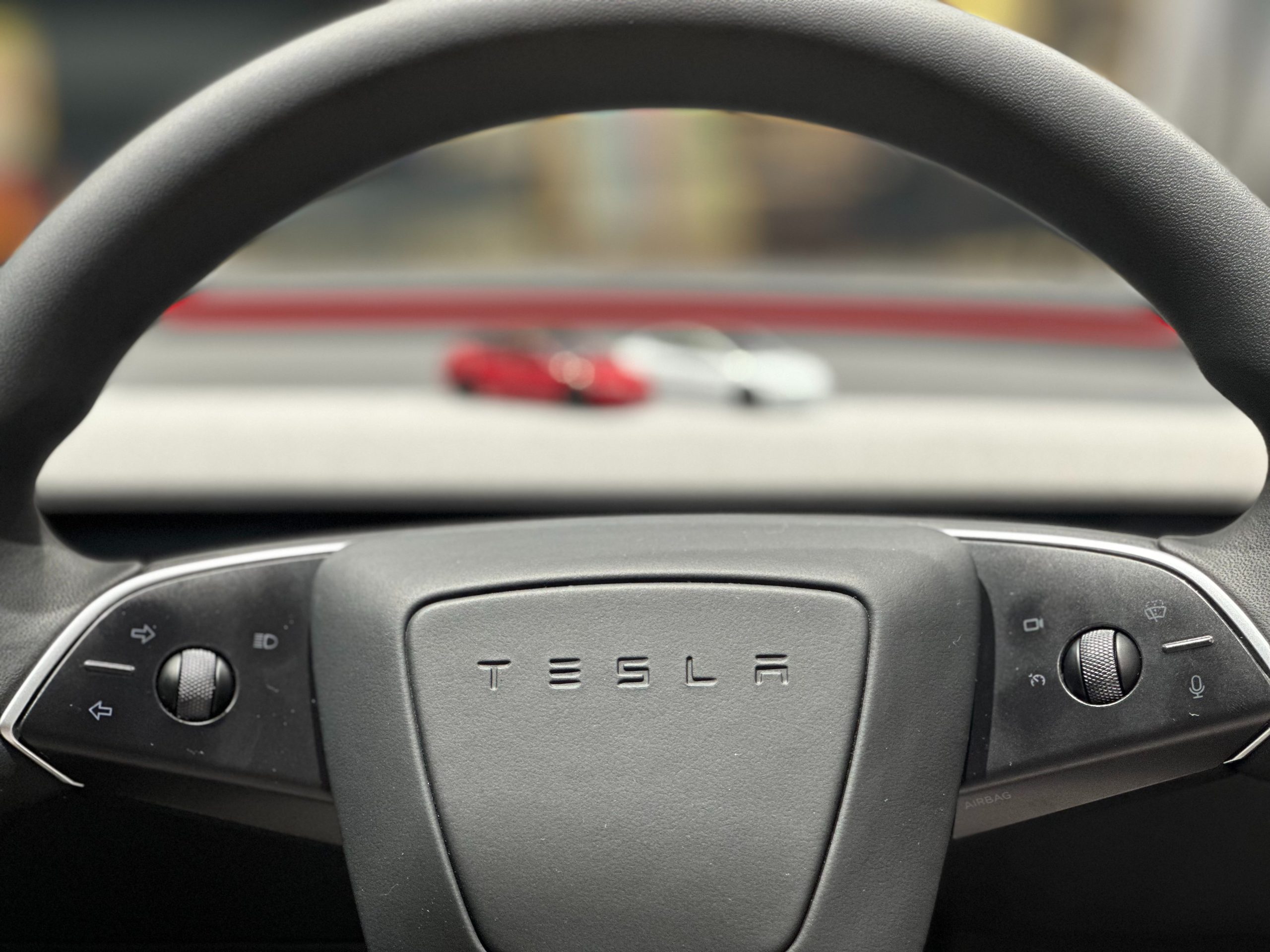
Bank of America has raised its Tesla (NASDAQ:TSLA) price target by 38% to $471, up from $341 per share.
The firm also kept a Neutral rating on the electric vehicle maker, citing strong progress in autonomy and robotics.
Robotaxi and Optimus momentum
Bank of America analyst Federico Merendi noted that the firm’s price target increase reflects Tesla’s growing potential in its Robotaxi and Optimus programs, among other factors. BofA’s updated valuation is based on a sum-of-the-parts (SOTP) model extending through 2040, which shows the Robotaxi platform accounting for 45% of total value. The model also shows Tesla’s humanoid robot Optimus contributing 19%, and Full Self-Driving (FSD) and the Energy segment adding 17% and 6% respectively.
“Overall, we find that TSLA’s core automotive business represents around 12% of the total value while robotaxi is 45%, FSD is 17%, Energy Generation & Storage is around 6% and Optimus is 19%,” the Bank of America analyst noted.
Still a Neutral rating
Despite recognizing long-term potential in AI-driven verticals, Merendi’s team maintained a Neutral rating, suggesting that much of the optimism is already priced into Tesla’s valuation.
“Our PO revision is driven by a lower cost of equity capital, better Robotaxi progress, and a higher valuation for Optimus to account for the potential entrance into international markets,” the analyst stated.
Interestingly enough, Tesla’s core automotive business, which contributes the lion’s share of the company’s operations today, represents just 12% of total value in BofA’s model.
News
Tesla Model Y on FSD saves couple after encountering King of edge cases
Experts have noted that if confirmed, this could be the world’s first recorded meteorite collision involving a Tesla.
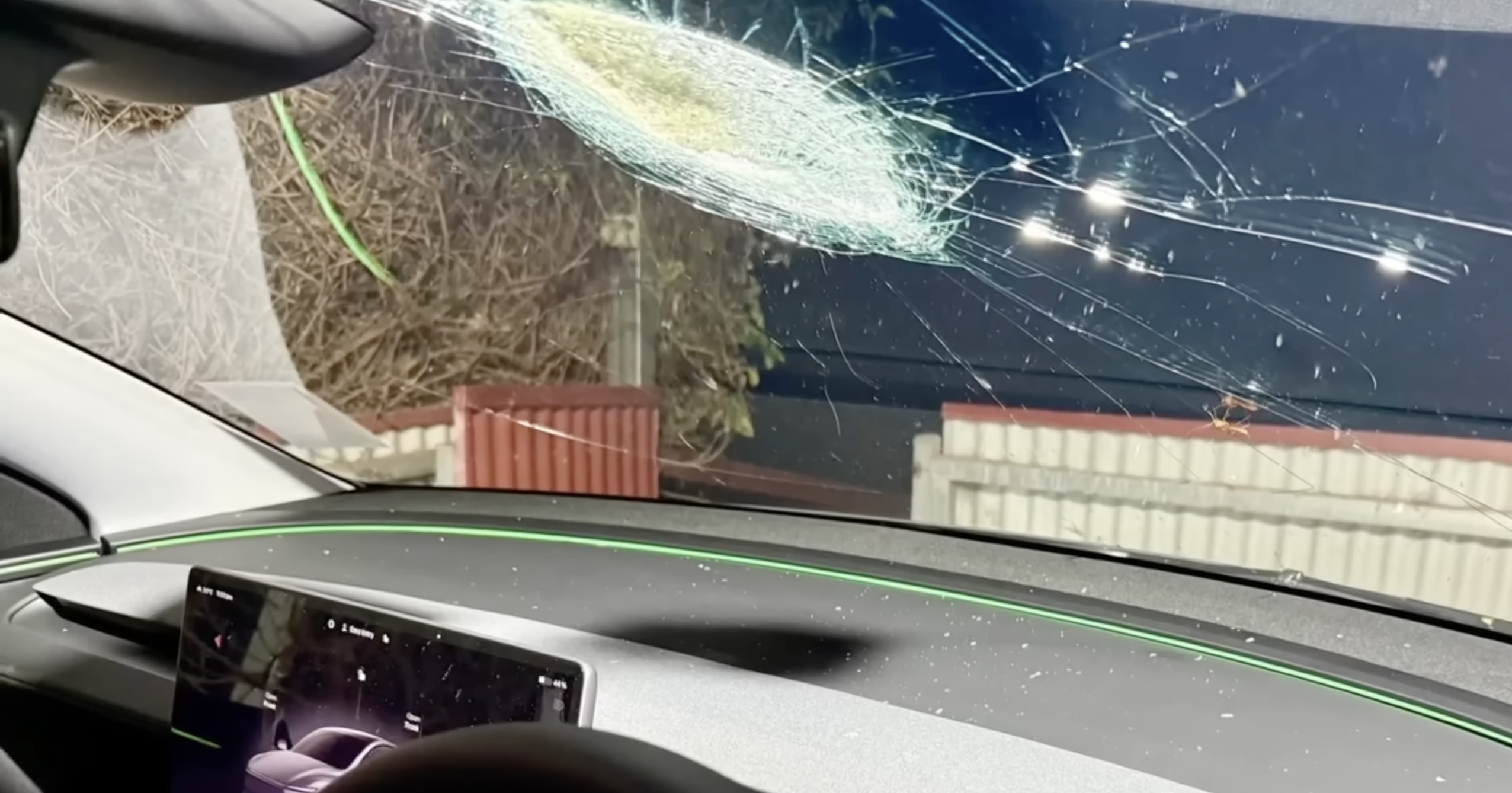
A South Australian Tesla driver is thanking his Model Y’s Full Self-Driving system after a mysterious object, possibly a meteorite, slammed into his car’s windshield while it had FSD engaged.
The impact sent hot glass fragments flying through the cabin as the vehicle continued driving without human input through the darkness. Experts have noted that if confirmed, this could be the world’s first recorded meteorite collision involving a Tesla.
The Tesla owner was enjoying a quiet drive home when they hit the king of edge cases
Veterinarian Dr. Andrew Melville-Smith and his wife were traveling north on Augusta Highway on the night of October 19 when a sudden blast struck their newly delivered Model Y. At the time, it was clear, pitch black night, and Dr. Melville-Smith and his wife were just listening to a podcast while FSD was operating the vehicle, as noted in a Yahoo News report.
Suddenly, something hit the Tesla’s windshield. “Then there was, (what) I can only describe as a very, very violent explosion. The whole inside of the car was literally blasted with glass fragments. It was full of white smoke, and it smelled like the car was on fire,” Dr. Melville-Smith stated.
The vet stated that he and his wife were stunned for a good 10 seconds, and for a bit, he and his wife thought they had crashed. Images of the crash’s aftermath showed a massive crack on the Tesla’s windshield, which Dr. Melville-Smith noted was hot to the touch. The object that hit the Tesla’s windshield was so hot that part of the vehicle’s windshield was partly melted.
FSD kept driving despite the possible meteorite strike
Thankfully, the Tesla was operating with its FSD (Supervised) system engaged at the time. Thus, despite the vehicle being hit by what might be a literal meteorite, and despite Dr. Melville-Smith and his wife being stunned because of the impact, their Tesla just kept driving steadily.
“I thought we’d had an accident, but then I looked at the screen and went ‘Oh, we’re still driving. We were moving around, so it obviously thought we were paying attention, and it was happy to keep driving to Port Augusta. After we pulled over, we saw the big crater in the windscreen,” the vet said.
The South Australian Museum is now examining the case, with geologist Dr. Kieran Meaney stating the scorched glass and heat damage do suggest a potential meteorite strike. “The little detail that’s really selling it for me at the moment is that whatever it was that hit the windscreen seems to have been very hot,” Meaney explained. However, the object has yet to be recovered.
Check out a video of the remarkable edge case below.
-

 Elon Musk2 weeks ago
Elon Musk2 weeks agoSpaceX posts Starship booster feat that’s so nutty, it doesn’t even look real
-

 Elon Musk2 weeks ago
Elon Musk2 weeks agoTesla Full Self-Driving gets an offer to be insured for ‘almost free’
-

 News2 weeks ago
News2 weeks agoElon Musk confirms Tesla FSD V14.2 will see widespread rollout
-

 News2 weeks ago
News2 weeks agoTesla is adding an interesting feature to its centerscreen in a coming update
-

 News2 weeks ago
News2 weeks agoTesla launches new interior option for Model Y
-

 News2 weeks ago
News2 weeks agoTesla widens rollout of new Full Self-Driving suite to more owners
-

 Elon Musk2 weeks ago
Elon Musk2 weeks agoTesla CEO Elon Musk’s $1 trillion pay package hits first adversity from proxy firm
-

 News1 week ago
News1 week agoTesla might be doing away with a long-included feature with its vehicles

